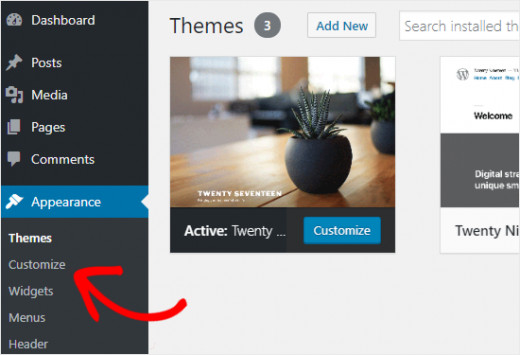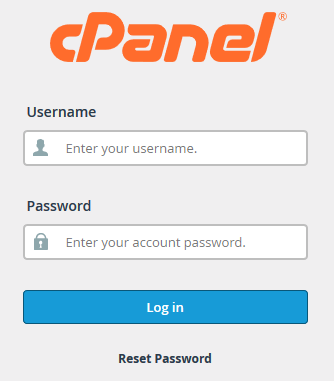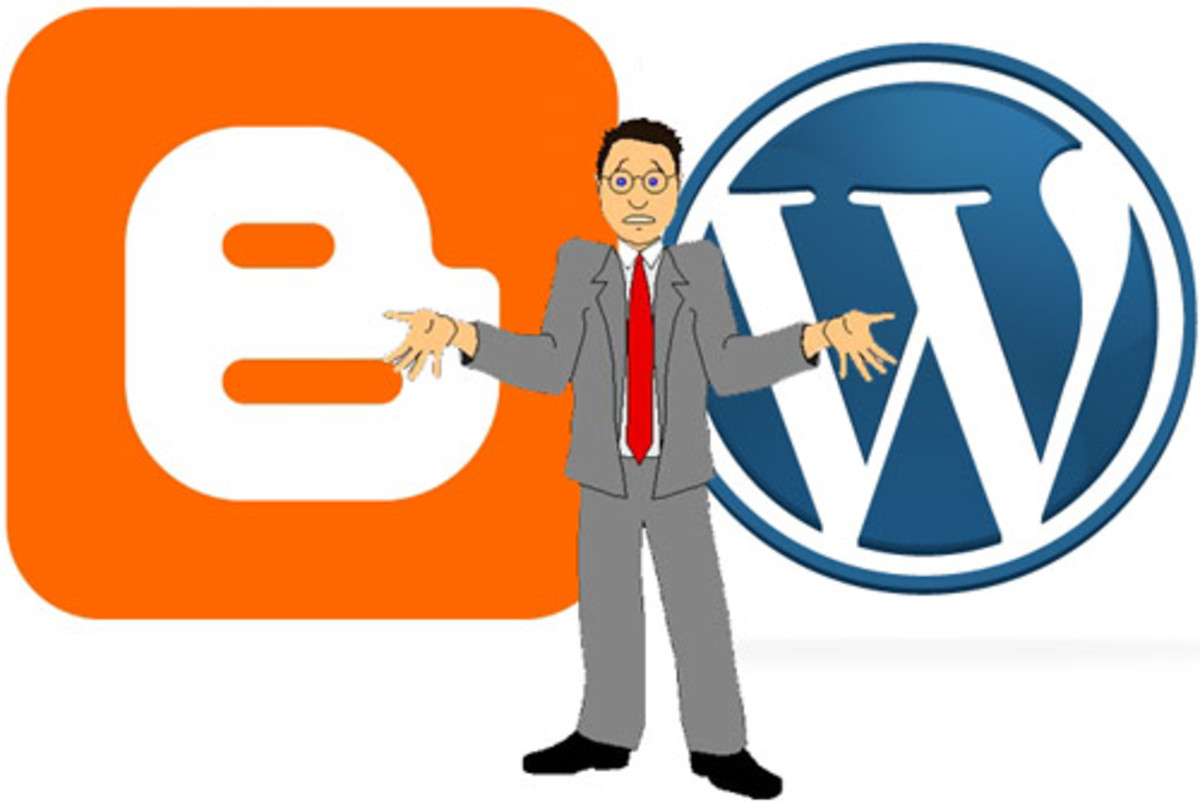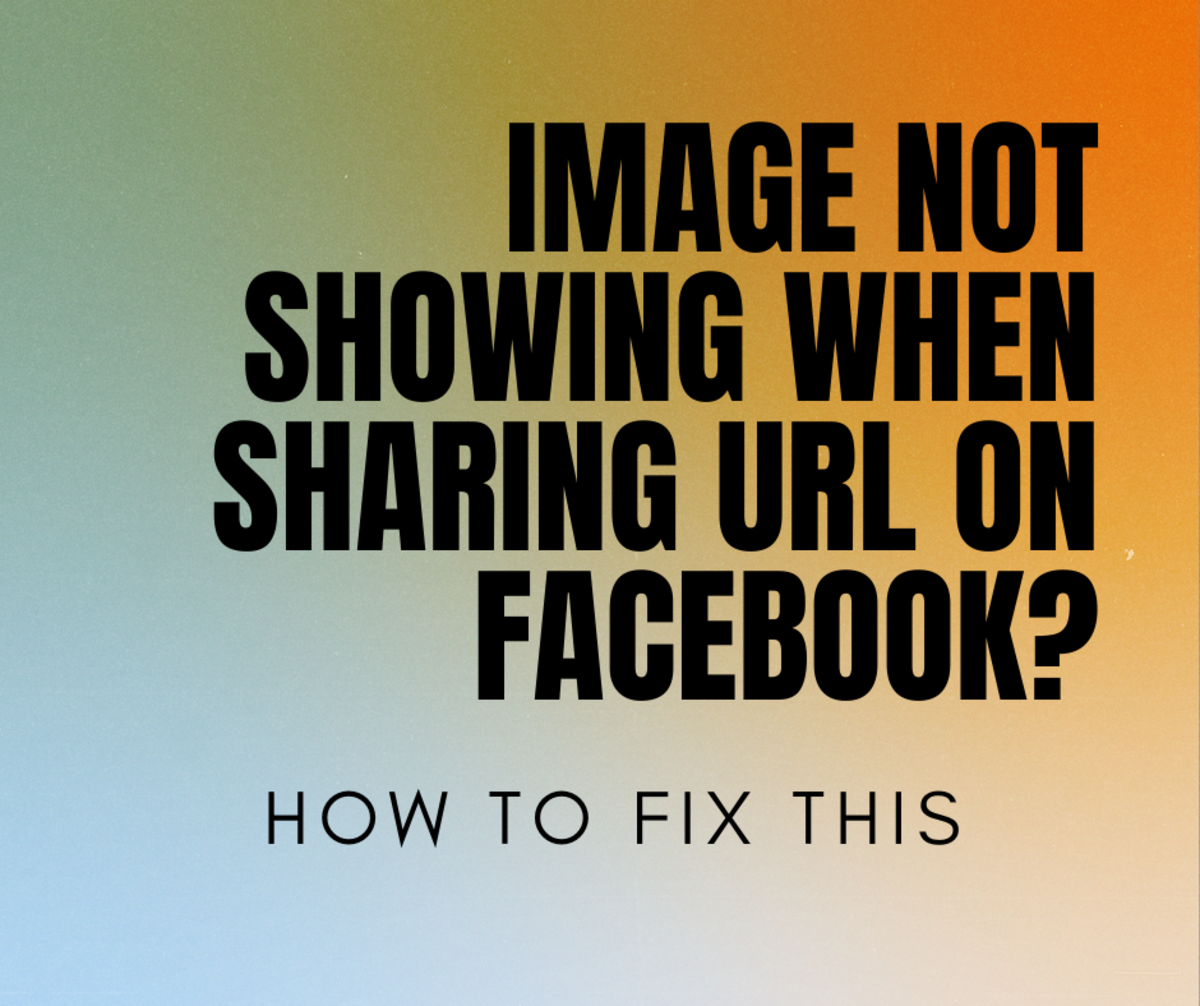Creating Your Blog Using WordPress
Have you decided to launch your first blog online? if yes, then this article will highlight some key points you need to consider before you start in the creation of a blog to achieve successful publishing.
What is WordPress? It is a free type of content management system that is utilized to create, build and maintain websites. It is a simple publishing tool and has an easy-to-use content publishing platform. It has an interface that is easy to understand and edit to your desired style irrespective of your coding knowledge. WordPress can also allow you to publish and edit posts, create content categories, search and edit published articles and manage other users’ accounts.
Another notable characteristic of WordPress is the inbuilt template. There are a lot of templates directly installed and can be found under the link “Theme”’. Not only this, but it can also import template from other sources and integrate to your blog. This allows you to change the look of your blog as you desire.

Web hosting using paid and free versions
There is no doubt that WordPress is free but you cannot host or publish your blog without spending a cent. Though there are free hosting companies that exist online, unfortunately, there is a limit to privacy and full control on your blog.
If you have decided to host your blog, a good example of free web-hoster is blogger.com which is free and owned by Google. On the other hand, head on to bluehost.com for a paid version and domain and hosting space for your blog
It is not compulsory to purchase your domain and hosting space from the same company but it is better to do so except it is cost-effective to buy from separate sources. Having these two from the same source gives you the ability to manage and report issues and get problems arising solved at once. It is advisable to choose a simple domain name that your visitors can easily remember.
What is cpanel in Web hosting?
If you are a programmer or web developer and you have decided to install WordPress from scratch, there are a lot of coding customization to be done. It is also possible to directly install from Cpanel of your hosting space without writing or editing any codes.
After you have successfully purchased a domain name and web hosting space, you need to access your hosting engine called Cpanel where you can install the WordPress in less than 3 minutes.
The Cpanel is embedded with a lot of functions and setting that are important to the smooth running of your blog. Log on to your blog name with "cpanel" attached to it to access the above options. For example, if your blog name is web, accessing your cpanel will look like www.web.com/cpanel. Alternatively, you can use cpanel.web.com. You will be given the chance to type in your site name, create login username and password. Also, you can choose where to install blog either on the root directly or as sub-domain among other functions.

Creating a Niche
Niche or category of content to host on your website is another activity I will like to explain. This guides you in the type of visitors your blog will attract, the age range of your blog readers, appropriate domain name, and the demographic distribution of your visitors. It greatly depends on your area of interest either as a marketer who wish to sell products online, a medical practitioner who like to write articles about health and disease symptoms for free or a journalist who writes and allows visitors to make comments on recent happenings around the world. Your niche can be on any topic of your choice.
Publishing contents to your blog using WordPress is almost ready. It may seem easy but still, it is an integral part of blogging which many people do make mistakes. The reason is that you need to have a plan in mind and be ready for continuous publishing of contents to your blog. This will attract visitors and retain your audience.
It is best to publish at least one article per day depending on the aim of creating the blog and message you intend to pass across to your audience.
Welcome to the world of blogging through WordPress as it creates the opportunity to add images, text, video to your content and numerous plugins to choose from in advertising your blog to readers.
I hope I have successfully mentioned key points you can focus upon to host your blog using WordPress.








